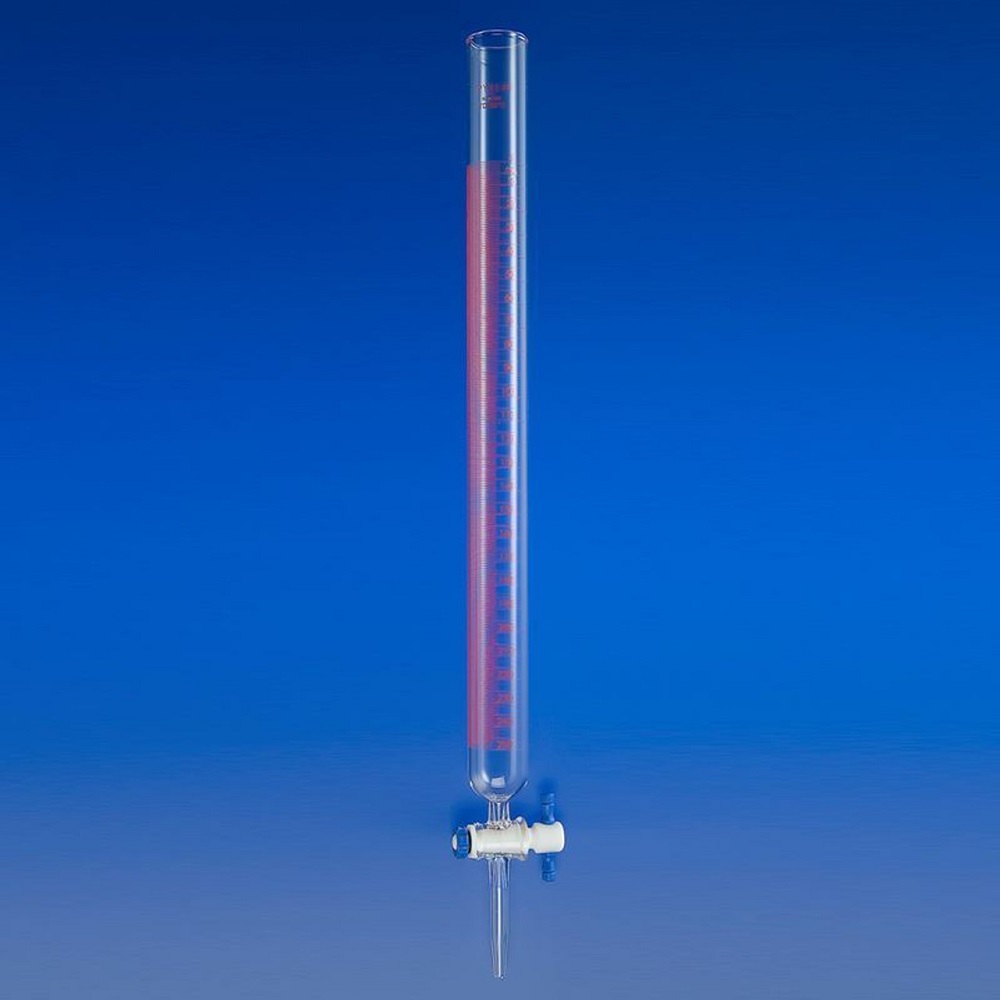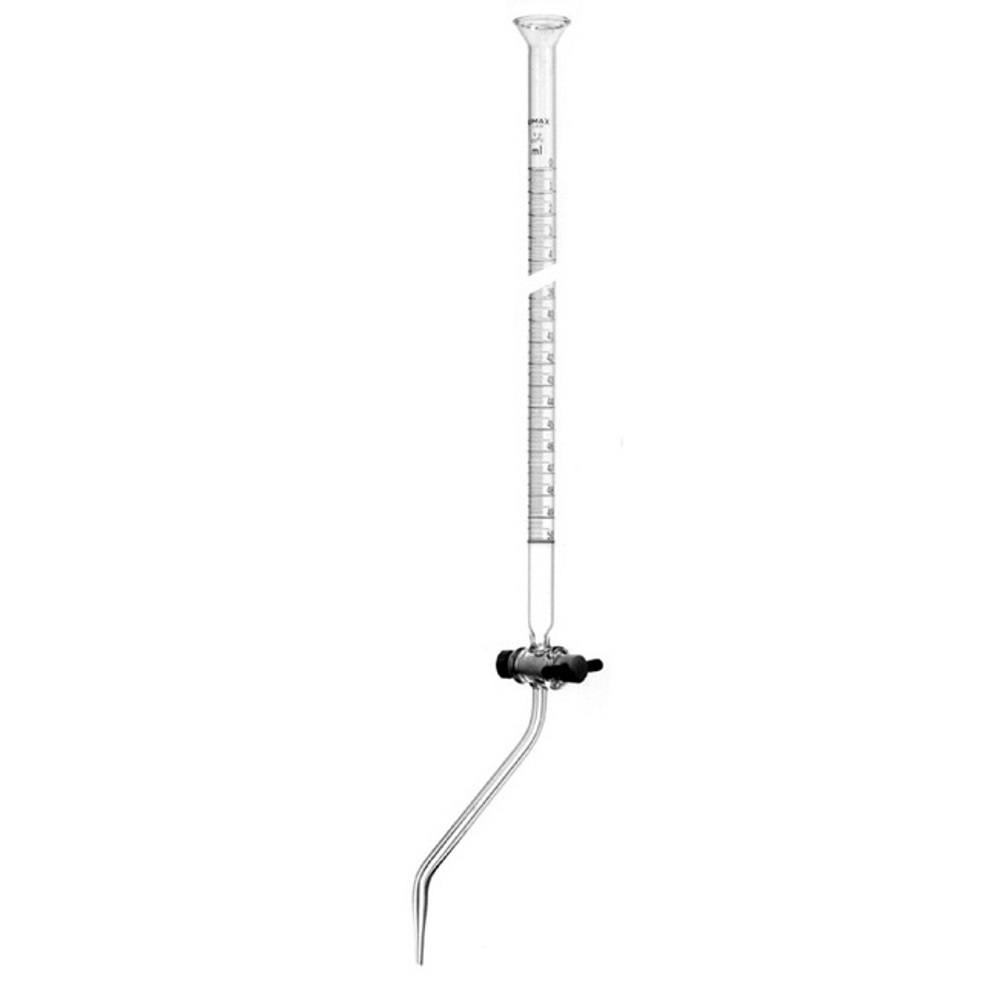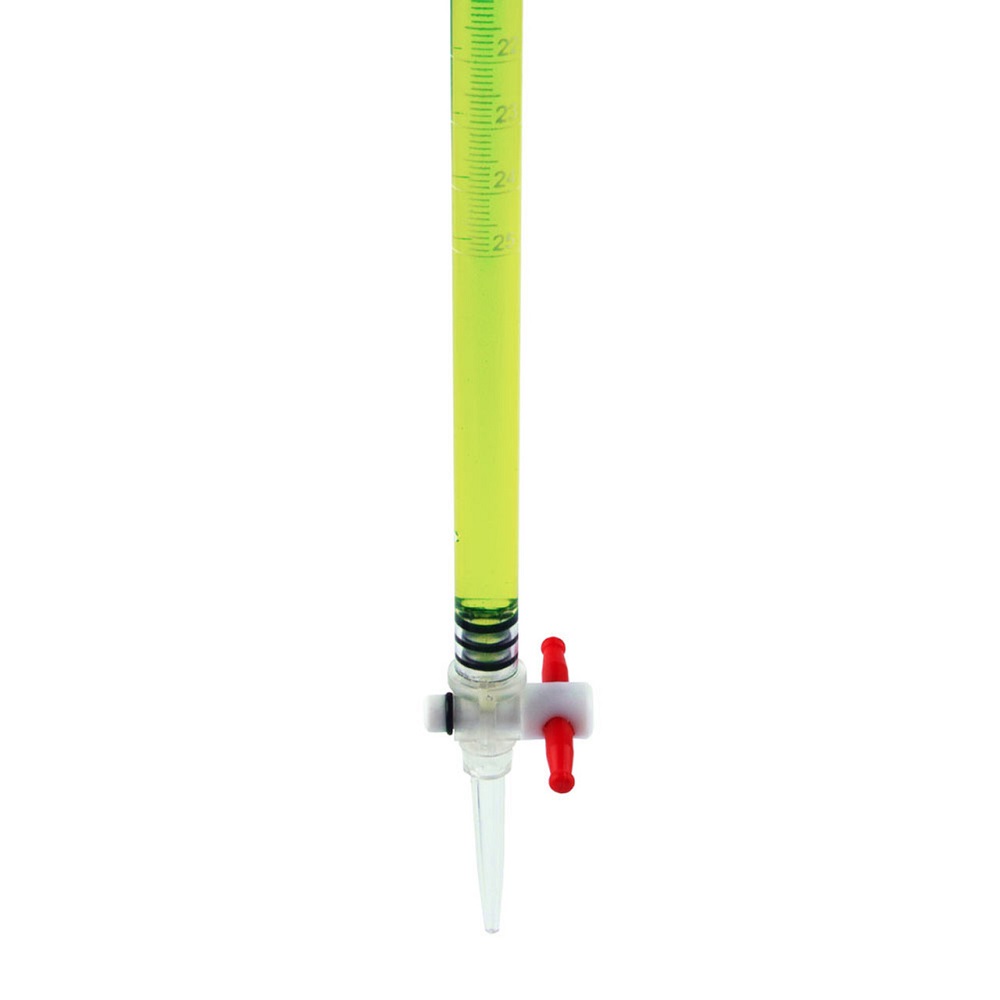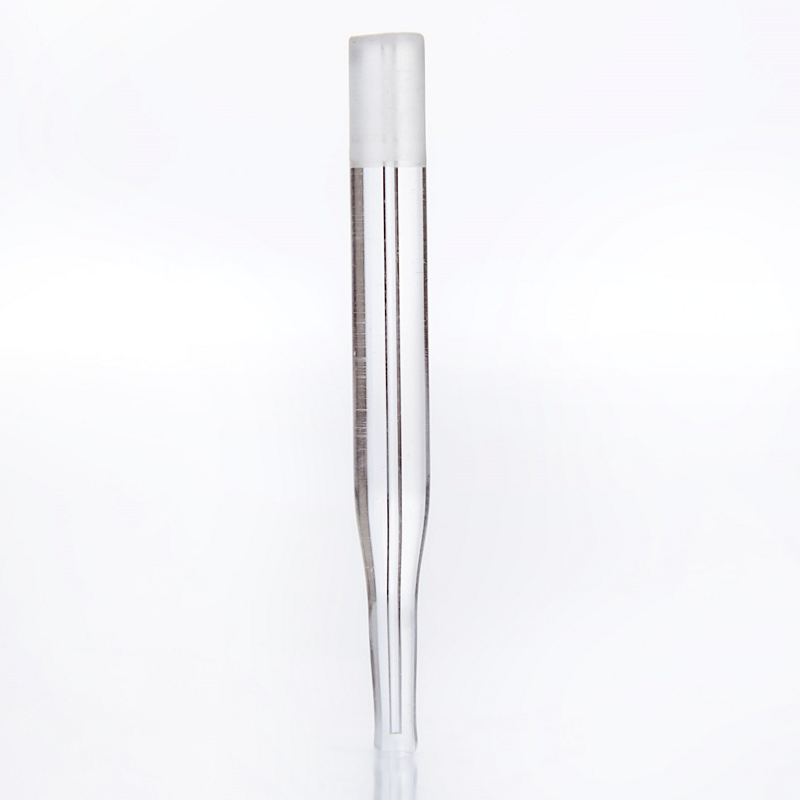In the world of laboratory science, precision and accuracy are fundamental. One of the essential tools that scientists and chemists use to achieve accurate measurements is the buret, a volumetric instrument designed for precise liquid dispensing. This article will delve into the various aspects of buret function, its applications, and its significance in laboratory measurements.
What is a Buret?
Definition and Structure
A buret is a long, graduated glass tube with a stopcock at one end that allows for controlled dispensing of liquids. Typically, it has a capacity of 50 mL or 100 mL, and it features graduated markings to indicate the exact volume of liquid contained within. The narrow opening at the bottom is designed for precise liquid flow, enabling meticulous control during titration and other lab procedures.
Burets usually have a cylindrical shape, and many come with a side arm or a funnel-like opening at the top for easy filling. This design allows the user to achieve high accuracy when measuring and delivering liquid samples. The glass used in burets is often treated or coated to withstand chemical reactions and minimize contamination.
Importance in Laboratory Settings
Burets are essential tools in various laboratory settings, particularly in chemistry, biology, and chemical engineering laboratories. Their primary use is in titration processes, where precise liquid volumes are critical to determining the concentration of a solution. Throughout the scientific community, the need for accuracy in measurements cannot be overstated, making the buret an indispensable instrument for various applications.

How a Buret Functions
Operating Mechanism
The operation of a buret is straightforward yet highly effective. To use a buret, the operator first fills it with the liquid to be dispensed. After ensuring that the stopcock is closed, the liquid flows into the buret from a funnel placed at the top. Once filled, the user can open the stopcock slowly to allow the liquid to flow out in controlled amounts.
Graduations on the buret indicate the volume of liquid dispensed. The design ensures that even a small change in the lever or stopcock position results in significant variation in flowing liquid, allowing users to dispense precisely the required volumes.
Reading the Buret
Reading a buret accurately is crucial for obtaining precise measurements. To do this, you must ensure that the buret is filled properly and that no air bubbles exist in the nozzle. When the liquid reaches a certain graduation mark, it is essential to read the meniscus—the curved surface of the liquid—at eye level. Always note the point where the bottom of the meniscus meets the graduated scale. This technique ensures minimal error in measurement, thus increasing the overall accuracy of the experiment.
Calibration and Maintenance
Importance of Calibration
Calibrating a buret is essential for ensuring accurate measurements. Calibration involves checking that the marked measurements on the buret align with actual volumes dispensed. Inaccurate markings or burets can lead to significant errors in lab results, impacting conclusions drawn from experiments.
Calibration should be performed regularly, especially for burets used frequently. This process can be done by comparing the volume dispensed by the buret against a standard volume of a known liquid. If discrepancies are found, the buret must be adjusted or replaced accordingly.
Maintenance Practices
To maintain the functionality and accuracy of a buret, several practices should be followed. Always clean the buret after each use to prevent contamination from previous solutions. Rinse the buret with distilled water, followed by a rinse with the solution it will be used to measure. This practice ensures that no residues from prior experiments alter the current measurement.
Additionally, check the stopcock regularly for any signs of wear or damage. A faulty stopcock can lead to leaks or improper delivery of liquid, compromising the accuracy of measurements. If a stopcock becomes damaged, it should be replaced immediately to ensure continued performance.

Applications of Burets
Titration Processes
One of the primary applications of burets is in titration, a method used to determine the concentration of an unknown solution by reacting it with a solution of known concentration. During a titration, the buret dispenses the titrant—usually a standard solution—into the analyte until a specific endpoint is reached. This endpoint can be determined through color change, pH change, or other methods, depending on the reaction.
Burets afford chemists the precision needed to achieve the exact volume of titrant necessary to reach the endpoint. This precision is crucial for accurate results and meaningful conclusions about the concentrations being measured.
Other Laboratory Uses
Beyond titration, you can use burets in various applications. These include preparing solutions, dispensing reagents in chemical reactions, and conducting experiments that require specific liquid volumes. In biological laboratories, researchers might also use burets during assays where exact measurements of liquids are crucial for successfully completing experiments.
Moreover, burets can be used for dispensing viscous liquids, thanks to their design, which allows for controlled flow even in challenging situations. The versatility of burets makes them indispensable in numerous laboratory settings.
Types of Burets
Glass vs. Plastic Burets
Burets come in different materials, with glass and plastic being the most common. Glass burets are typically favored for their durability and resistance to chemical reactions. They also allow for better visibility of the liquid inside, which aids in accurate readings. However, glass burets can be more fragile and require careful handling to avoid breakage.
Plastic burets, on the other hand, are lightweight and less prone to breaking. They may be more suitable for laboratories that deal with a high volume of use or where breakage poses a safety concern. However, plastic may not be suitable for certain aggressive chemicals, so it’s important to choose wisely based on the substances being measured.
Automatic Burets
In recent years, automatic or electronic burets have gained popularity. These modern devices automate the dispensing process, allowing for even greater precision and ease of use. Users can program specific volume amounts for dispensing, which minimizes the chances of human error during manual measurements. Electronic burets come equipped with features such as digital displays, which make reading measurements easier and more accurate.
Automatic burets often find their place in high-throughput laboratories where efficiency and accuracy are paramount. However, they may come with a higher cost than traditional manual burets, making them more appropriate for specific applications rather than general use.

Troubleshooting Common Issues
Air Bubbles
One common issue encountered with burets involves the presence of air bubbles in the nozzle. Air bubbles can lead to discrepancies in measurements by causing irregular liquid flow. To resolve this issue, ensure that the buret is filled correctly and that any air bubbles are removed before starting measurements. Tapping the buret function gently while it’s vertical can help dislodge any trapped air pockets.
Leaks and Malfunctions
If you notice leaks coming from the buret, it may indicate a problem with the stopcock, where the liquid flows out. Ensure that the stopcock is functioning correctly and consider lubricating it if it hasn’t been used for a while. If the leak persists, the stopcock may need replacement to ensure continued accurate use.
Additionally, check for cracks or damage to the buret function itself. Even small imperfections can impact measurement accuracy. If you find any damages, replace the buret immediately to maintain reliability and safety within your laboratory.
Best Practices for Using Burets
Preparing for Use
Before using a buret, take the time to prepare adequately. Ensure that all necessary materials are within reach for a smooth workflow. Check the buret function for cleanliness, functionality, and calibration. Pumping some of the liquid through the buret before beginning your measurements can also help eliminate air pockets and ensure that the liquid dispenses smoothly.
Employing Proper Technique
When dispensing liquid from a buret, employ the right techniques for optimal precision. Always read the meniscus at eye level and make sure to let the liquid flow down gently to avoid splashes or interruptions. Keep the buret vertical during measurements, as tilting can lead to inaccurate readings.
Finally, maintain a steady hand when manipulating the stopcock to control the liquid flow. Practice makes perfect, so spend some time working with a buret function to develop the fine motor skills required for precise measurements.
Conclusion
Understanding the function of a buret is essential for anyone working in a laboratory setting. This versatile instrument plays a crucial role in achieving accurate measurements, particularly during titration processes. With proper usage, calibration, and maintenance, burets can serve as reliable tools for a variety of applications.
Familiarizing yourself with the types of burets available and being aware of common issues can enhance your overall experience and effectiveness when using this instrument. By following best practices and troubleshooting methods, laboratory professionals can ensure that they achieve precise measurements, ultimately leading to more reliable results in their scientific endeavors. In short, mastering the buret enhances efficiency and accuracy in laboratory work, making it an invaluable resource for modern scientific investigation.
